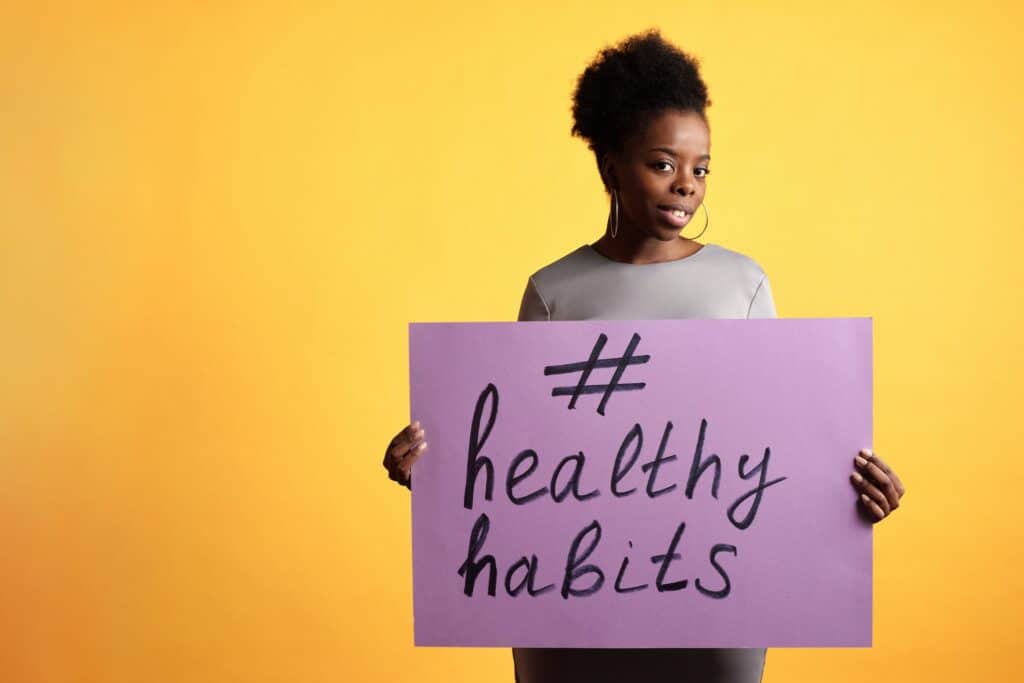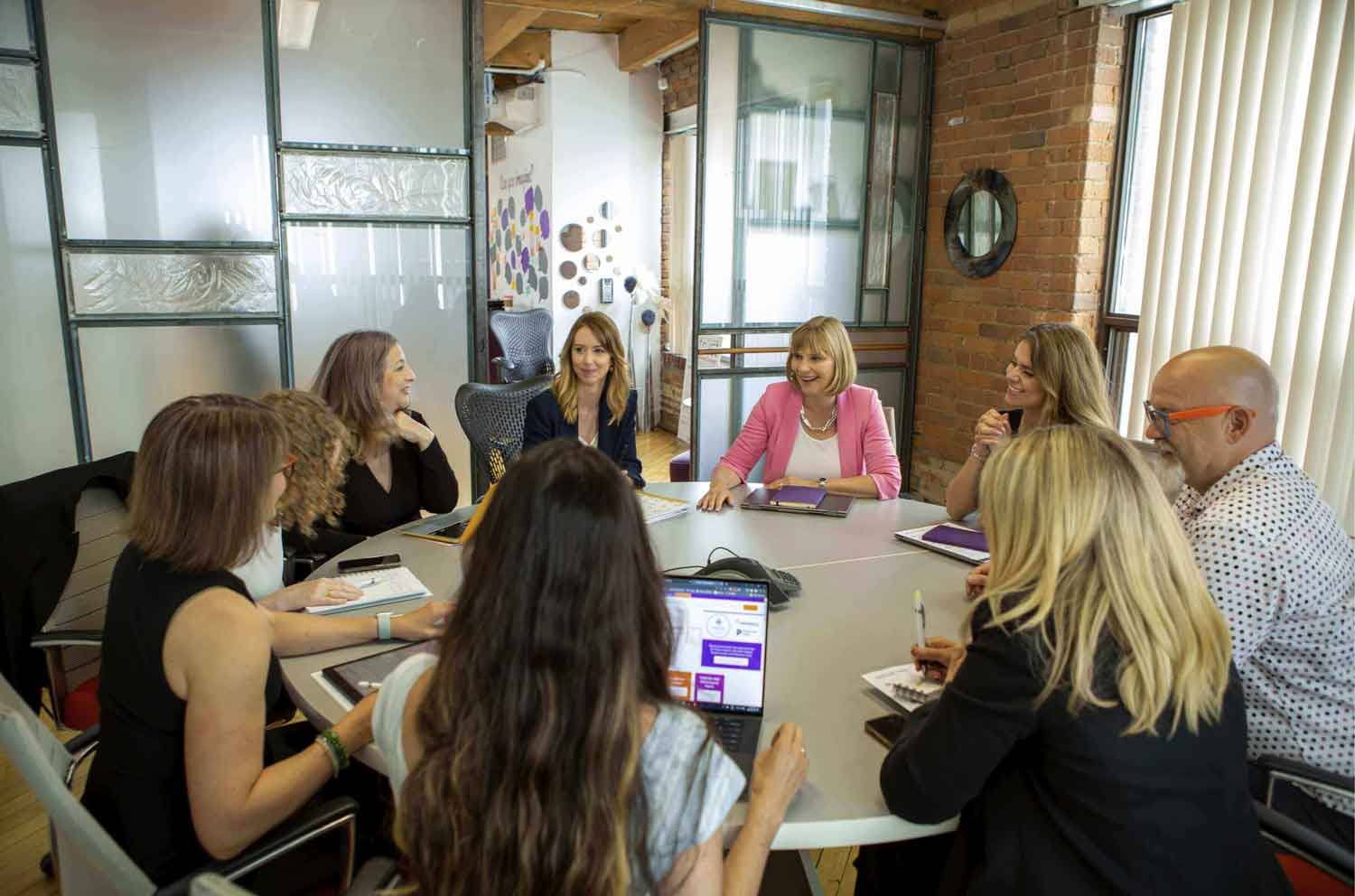Oh, those lazy, hazy, crazy days of summer! If you’re like many people, it can be hard to get back into the swing of things as the summer comes to an end. As we shift our schedules and the kids head back to school, it’s the perfect “clean slate” time to create (or revisit) healthy, sustainable habits.
Whether that’s creating a morning routine to help get you laser-focussed on the day ahead ease or establishing a late afternoon ritual to lay the groundwork for a better tomorrow, here are some of the ways we found to be useful when creating a new desired behaviour or habit.
Go Big by Going Small
B.J. Fogg, a Stanford University researcher and author of the book Tiny Habits, says that big behaviour changes require a high level of motivation that often can’t be sustained. To go big, we start by going small. When we are working with our clients to support them in reaching their goals, we ask them to first identify the large goal, for example “I want to delegate more work to my team so that I can free myself up to work on strategic plans.” The leader then breaks that down into small daily actions (aka “microsteps”) that they will say or do to build that behaviour.
These microsteps take the goal out of the realm of an abstract, and potentially overwhelming goal and reframe it into something that is broadly relatable. By shifting our behaviours, rather than drastically altering them, it builds a natural path to success and enables us to further move the dial towards sustainable habits that put us closer to our goals.
Cue the Cue!
A cue is a trigger for your routine. A cue lets your brain know it’s time to do a habit or a routine. It’s often an automated process that can be almost unconscious. The habit loop, first described by Charles Duhigg in the book The Power of Habit, tells us that every habit starts with a cue.
Cues typically fall into the following categories:
- Location
- Time
- Emotional state
- Other people
- Immediately preceding action
A good cue is a combination of these. Cues allow you to “habit stack.” Habit stacking is the process of connecting a new behaviour to an existing one. Sounds simple enough, right? And, better yet, it’s a profoundly powerful way to help make new routines stick. If your morning routine includes getting a coffee at your local coffeeshop before heading into the office, use your time in line as an opportunity to pair it with a new desired habit or behaviour, like identifying your top three priorities for the day, or meditating while you wait to clear your head. Working from home? No worries, use the time as your coffee perks away to do the same. For the coffee example, the cues include:
- Location: coffeeshop /at home in front of the coffeemaker
- Time: 8-9 am
- Emotional state: neutral/anticipating the day ahead
- Other people: n/a
- Immediately preceding action: starting work
Celebrate the Wins
We all like to think we have willpower to change anything we want. The trouble is we can’t always call up willpower whenever we want or have complete control over our motivations. That’s why celebrating the little milestones can act as a powerful “carrot-style” reward. When you celebrate, you create a positive on-demand feeling about yourself and your actions. This good feeling hardwires the new habit into your brain. Celebrating the wins is both a specific technique for behaviour change and a psychological shift in mindset.
Whether it’s treating yourself to a little piece of chocolate or giving yourself a pat yourself on the back, rewards play a crucial role in our ability to maintain interest.
Good habits have the potential to change your life. They are the foundation that prepares you for each day. They are the routine that can help you thrive in a chaotic world.




